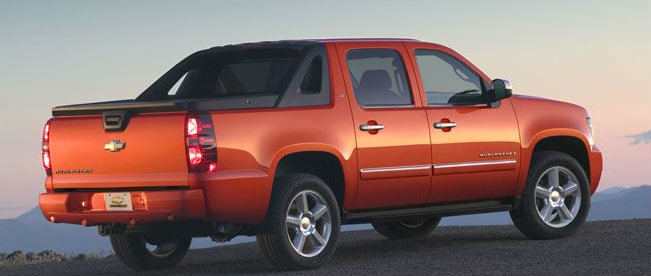C-0299-00 Code
#1
I recently received a message on the Driver's Info Center (DIC) saying "Service Brakes Soon". I scanned the codes and code C-0299-00 is showing. Not too much is written on this but my factory service manuals say the EBCM can flag this when the vacuum boost sensor reads a low vacuum. I checked vacuum from the engine hose with/without the check valve and it shows strong vacuum signal of ~22 in-Hg. I checked/replaced the o-ring seal between the master cylinder (M/C) and the booster. I ran a scan and the vacuum boost sensor is showing ~ -9.1psi of vacuum at idle. This seems about right as 0.491 psi/in-Hg would be -10.8 psi. I removed the vacuum sensor from boost cylinder to check/clean it and brake fluid poured out. I quickly reinserted the sensor and then sucked out brake fluid using a vacuum hand pump. Turns out the M/C has been slowly leaking fluid into the booster to point that almost the entire lower 1/2 of the booster was full of fluid. I am trying to post here to see if anyone knows what the normal booster vacuum reading should be in PSI. My reading of -9.1psi did not change before and after I drained the fluid. The brakes are functioning well with good pedal feel and key on/off tests show vacuum assist exists and pedal is stiff after a few pumps with engine off. I have a new booster with all new fittings (check valve, vacuum sensor and other connector) and new M/C arriving tomorrow. Trying to determine if there are any other tests I can perform before replacing the booster. Maybe swap the vacuum sensor to see if that changes the reading. My truck is a 2008 Avalanche LTZ - 4WD, 5.3L with ~140k miles. It's garage kept and runs/drives/looks like brand new.
#2
I recently received a message on the Driver's Info Center (DIC) saying "Service Brakes Soon". I scanned the codes and code C-0299-00 is showing. Not too much is written on this but my factory service manuals say the EBCM can flag this when the vacuum boost sensor reads a low vacuum. I checked vacuum from the engine hose with/without the check valve and it shows strong vacuum signal of ~22 in-Hg. I checked/replaced the o-ring seal between the master cylinder (M/C) and the booster. I ran a scan and the vacuum boost sensor is showing ~ -9.1psi of vacuum at idle. This seems about right as 0.491 psi/in-Hg would be -10.8 psi. I removed the vacuum sensor from boost cylinder to check/clean it and brake fluid poured out. I quickly reinserted the sensor and then sucked out brake fluid using a vacuum hand pump. Turns out the M/C has been slowly leaking fluid into the booster to point that almost the entire lower 1/2 of the booster was full of fluid. I am trying to post here to see if anyone knows what the normal booster vacuum reading should be in PSI. My reading of -9.1psi did not change before and after I drained the fluid. The brakes are functioning well with good pedal feel and key on/off tests show vacuum assist exists and pedal is stiff after a few pumps with engine off. I have a new booster with all new fittings (check valve, vacuum sensor and other connector) and new M/C arriving tomorrow. Trying to determine if there are any other tests I can perform before replacing the booster. Maybe swap the vacuum sensor to see if that changes the reading. My truck is a 2008 Avalanche LTZ - 4WD, 5.3L with ~140k miles. It's garage kept and runs/drives/looks like brand new.
#3
Plan on replacing the brake master cylinder assy.
The only way brake fluid can get into the booster is if the master cyl is leaking .
Nobody noticed the level in the master cyl was going down? Was someone adding fluid ?
It is not recommended to add brake fluid to the master because ,,,,
If the level is getting low, time to replace the brake pads in the calipers
Also there has to be a reason the level is going down, and adding fluid allows a leak in the hydraulic system to continue which can be really troublesome when the brakes no longer work.
The only way brake fluid can get into the booster is if the master cyl is leaking .
Nobody noticed the level in the master cyl was going down? Was someone adding fluid ?
It is not recommended to add brake fluid to the master because ,,,,
If the level is getting low, time to replace the brake pads in the calipers
Also there has to be a reason the level is going down, and adding fluid allows a leak in the hydraulic system to continue which can be really troublesome when the brakes no longer work.
#4
Yes! I replaced the booster cylinder and it fixed the issue. I have no idea why I had a very slow leak at the master cyclinder that leaked brake fluid slowly into the boost cylinder. So if anyone has had to add brake fluid on occasion with no visible leaks this could be happening to you. I have never seen nor heard of this happening to anyone before.
Thread
Thread Starter
Forum
Replies
Last Post



